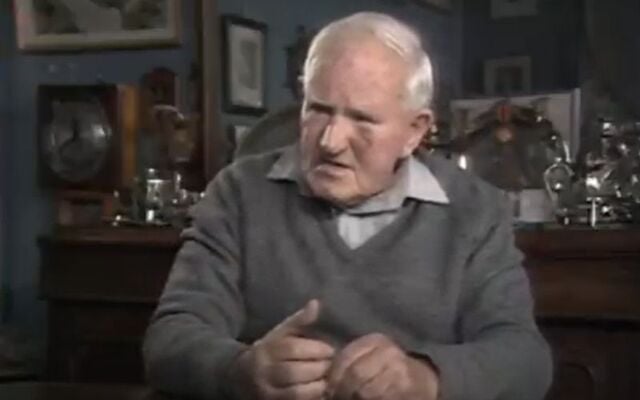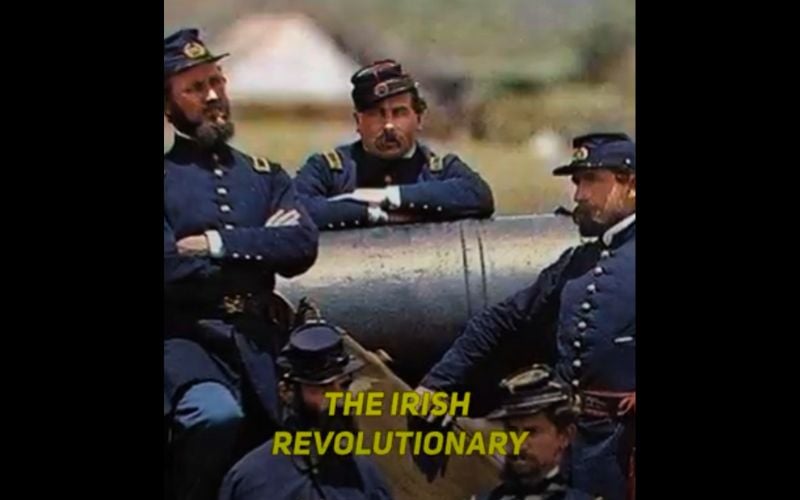Jeremiah Lane of Belgooly, Co Cork, was no ordinary doctor. Born in 1893, he qualified as a physician in 1919 and went on to become known as Europe’s oldest practicing GP, still seeing patients as he neared his 100th birthday.
From medical student to rebel doctor
Dr Lane trained in medicine in Dublin just after World War I, the sole survivor of his class by the late 1980s. He began smoking cigarettes, as he wryly recalled, because “the anatomy room was full of smoke from my classmates around the corpses.” He later gave up the habit for good, 50 years before the 1989 RTÉ report.
His career intersected with Ireland’s revolutionary years. During the War of Independence, he served as medical officer with Tom Barry’s Flying Column of the IRA. Lane joked that he became known as the “itch doctor” because scabies, not gunshot wounds, was the most common complaint among fighters. “When one fellow brought the itch, they all got the itch in time,” he told RTÉ News.
A country doctor’s life
Settling in the rural village of Belgooly, Lane became a familiar figure doing his rounds by bicycle, which he credited with keeping him fit and strong. He argued throughout his life that people had been healthier in the past because “they walked everywhere and did not eat much sugar.”
Urbanization and modern farming methods, he believed, had worsened health, destroying natural spring water supplies and making processed foods more common. “It is much healthier to be living in the country than to be living in a town or city,” he insisted.
He also swore by step dancing, which he had been taught by none other than Tomas MacCurtain, Lord Mayor of Cork. Dancing gave him good posture and, he believed, helped him avoid varicose veins.
Read more
Longevity, discipline, and a fat-free diet
Asked about the secret of his remarkable longevity, Lane credited a fat-free diet, daily exercise in his younger years, and giving up cigarettes decades earlier. He also remained a lifelong reader of medical journals, determined to keep up to date with advances in the field even as he aged.
Despite officially retiring in 1966—when health officials discovered he was three years beyond the retirement age—Lane continued to practice privately with a handful of patients well into his 90s. In 1989, at age 96, he told RTÉ he planned to “hang up the stethoscope in another five years.”
A doctor from another era
By the late 1980s, Dr. Lane had become something of a folk hero in Cork and across Ireland—a living link to Ireland’s revolutionary past and to a slower, rural way of life. With his sharp wit, bicycle rounds, and stern advice on diet and exercise, he embodied a different age of medicine.
As The Irish Times noted in coverage of Ireland’s oldest practicing GP, Lane represented a profession that once blurred the lines between healer, neighbor, and local historian. His story is a reminder to Irish Americans of the resilience of rural Ireland and the doctors who kept its communities alive through hardship, conflict, and sweeping change.




Comments